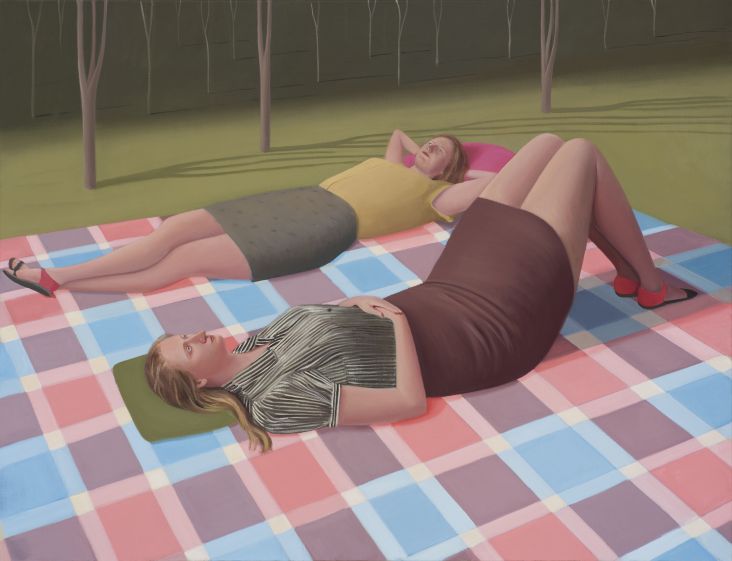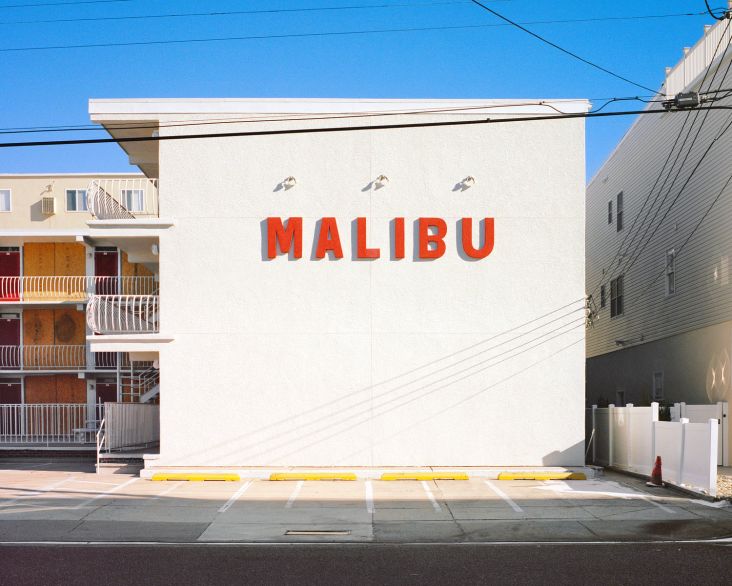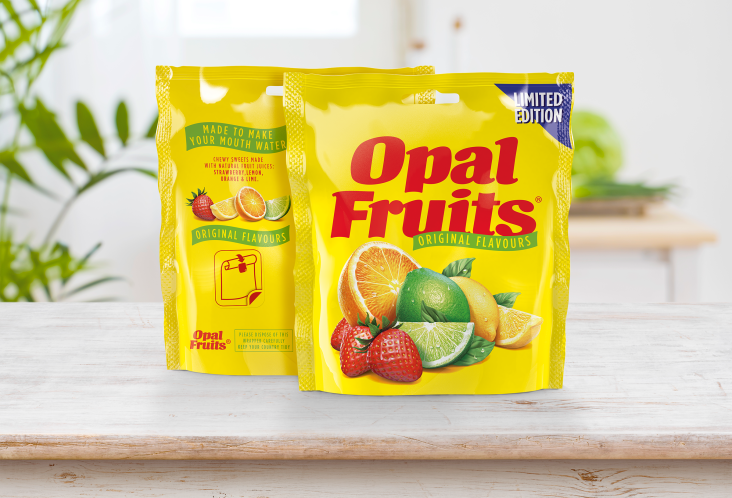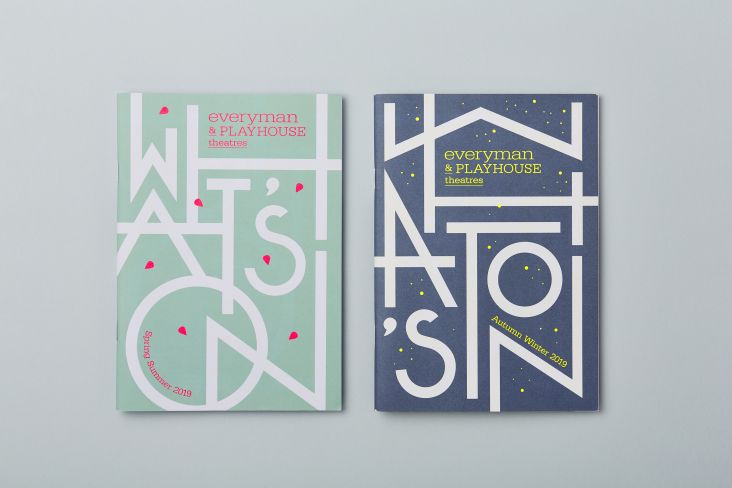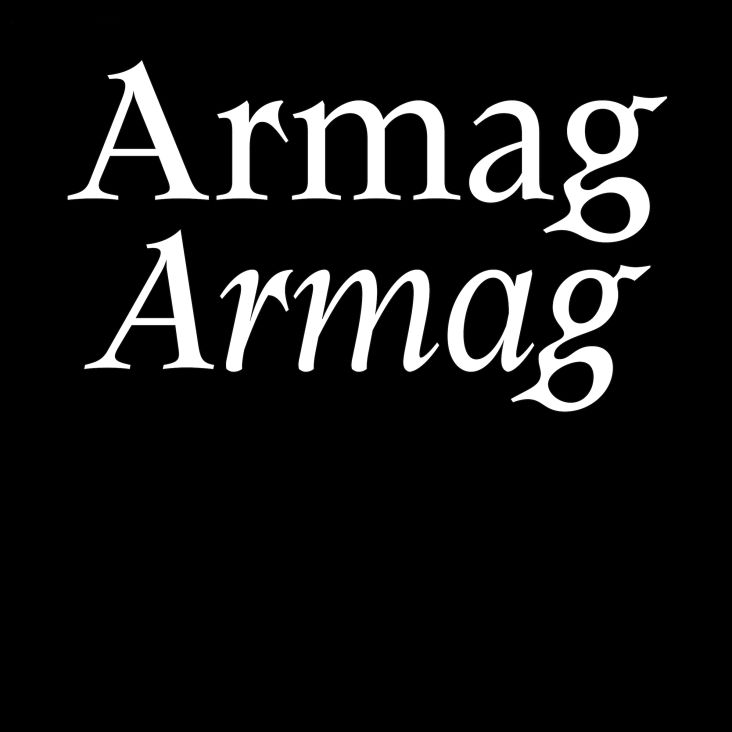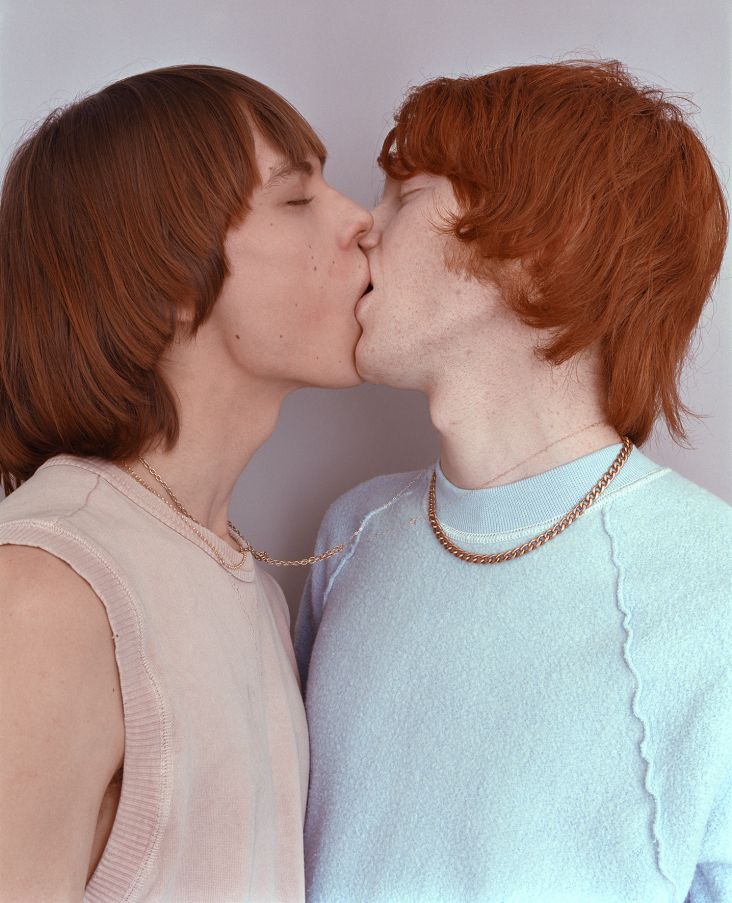Explore the concept of Sin at the National Gallery with works by Jan Brueghel, Warhol, Emin and Mueck
What does it mean to sin? The National Gallery will be taking a closer look at sin and how it's explored in art this spring, launching the first exhibition of its kind in the UK.
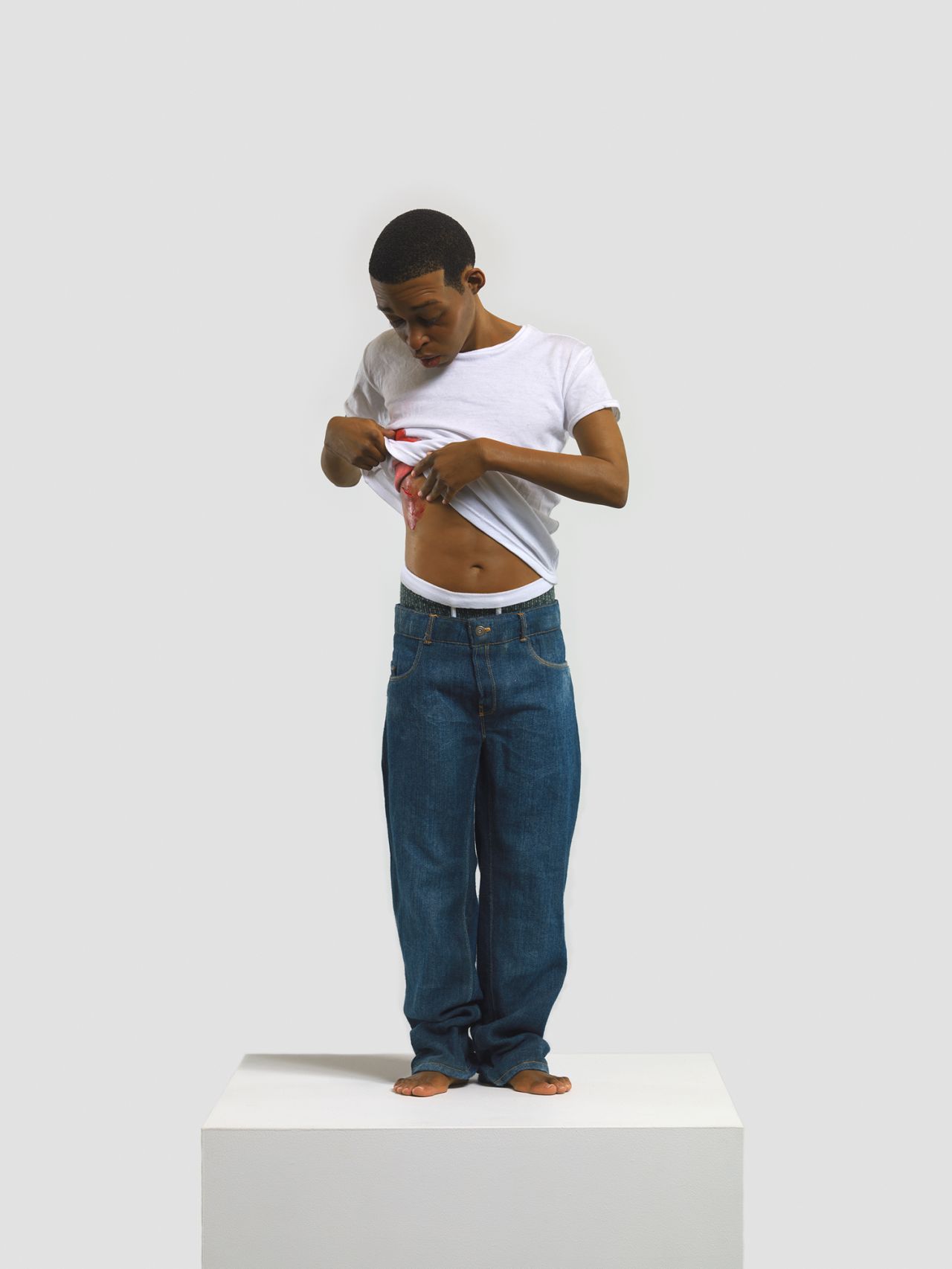
Youth, Ron Mueck 2009 © Ron Mueck / photo the National Gallery, London
The show, named Sin, will bring together paintings from its collection dating from the 16th to the 18th century with loans from elsewhere of modern and contemporary works by Andy Warhol, Tracey Emin, and Ron Mueck.
Sin has been a recurrent subject in art over the centuries. In a religious context, it means an immoral act that is considered to be a transgression against divine law. In a secular world, it means a serious or regrettable fault, offence or omission.
Sin is as universal as it is personal. Most people at some point in their life will do something they regret, although the gravity of their "sin" and the way each individual or society deals with it very much depends on the country, time and socio-cultural context. While the concerns, ambiguities, perceptions and representations of sin extend across world religions and even to those of no faith, the Gallery's new exhibition will primarily explore this conception in Christianity and through the work of artists who work principally within a Christian context.
Two early paintings in the exhibition, The Garden of Eden by Jan Brueghel the Elder, 1613, and Adam and Eve by Lucas Cranach the Elder, 1526, feature scenes from the Old Testament which have helped define the concept of sin in our collective 'Western' consciousness: the moment described in the Book of Genesis when Adam and Eve eat the forbidden fruit from the tree of knowledge and are subsequently expelled from the Garden of Eden for committing the first sin. Both pictures are ambiguous as they tell and warn the viewer about sin and yet portray the naked body as seductive, which could possibly inspire sin.
Many artists over the centuries have sought to depict the seven deadly sins (pride, greed, lust, envy, gluttony, wrath and sloth), the group of sins defined as the worst by the sixth-century pope, Gregory I (Saint Gregory the Great).
The 18th-century British painter William Hogarth was a master at depicting sinful behaviour. In his Marriage A-la-Mode series, and in particular in The Tête à Tête, about 1743, he shows a young "couple of convenience", sprawled slothfully in their Palladian London townhouse. The wife has tea for one, an indication of the separate life she leads from her husband. The husband, meanwhile, does not even try to hide his mistress's cap as it falls out of his pocket, attracting the attention of his curious dog. A large black spot on his neck denotes he has caught syphilis, presumably from his mistress.
While many paintings depict sinful behaviour, some portray people who were regarded as being without sin, notably the Virgin Mary, the Mother of God's son Jesus. Her purity is equated with her beauty in Diego Velázquez's Immaculate Conception, 1618–19.
Other paintings show acts of redemption, atonement and confession: the options available to cancel out sin. Few artists have addressed repentance as directly as Andy Warhol did in some of his last paintings, based on leaflets distributed in the streets of New York Repent, and Sin No More! (Positive and Negative), 1985-–6.
Some works in the exhibition shed light on the power of confession, either to free oneself from the burden of sin or to obtain forgiveness. The Mass of Saint Giles, about 1500, shows the Holy Roman Emperor Charlemagne kneeling in front of Saint Giles, whose prayers of intercession to God led to the absolution of the Emperor from his sins. Tracey Emin's neon work It Was Just a Kiss, 2010, could be considered an open-ended and ambiguous secular confession.
A painting entitled The Scapegoat by William Holman Hunt explores another solution to get rid of sin: the idea of blaming someone for the faults of others. The origin of the theme is found in the Old Testament Book of Leviticus. Christians believe that Christ's death on the cross, as the ultimate scapegoat, atoned for humankind’s sins once and for all.
Youth, 2009, a sculpture by Ron Mueck, invites us, on leaving the exhibition, to continue to reflect on the enduring and universal nature of sin. Youth is ostensibly a victim of a stabbing but asks more questions than it answers. It evokes the image of Christ showing his sacrificial wound to Saint Thomas the Apostle, and prompts us to ask whether the youth has committed a sin or if instead, he is a victim of someone else's sins? Is he a scapegoat, or indeed another 'Christ'?
Sin will also include paintings by Jan Gossaert, Jan Steen, Bronzino, and the Gallery's recently acquired Venus and Cupid (1529) by Lucas Cranach the Elder.
Sin will launch at the National Gallery on 15 April and run until 5 July 2020. For more information, visit nationalgallery.org.uk.
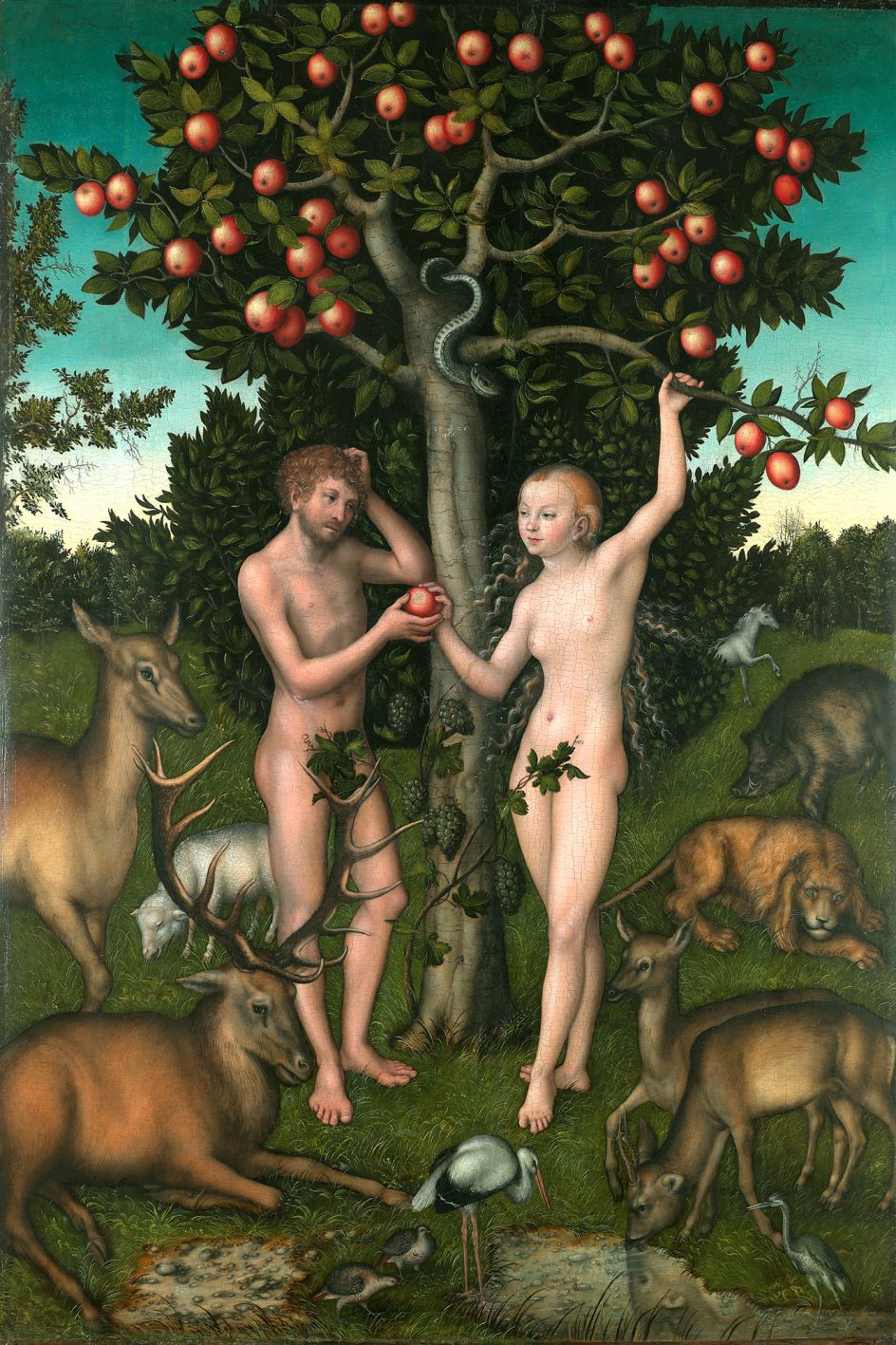
Adam and Eve, Lucas Cranach the Elder 1526 © The Samuel Courtauld Trust, The Courtauld Gallery, London
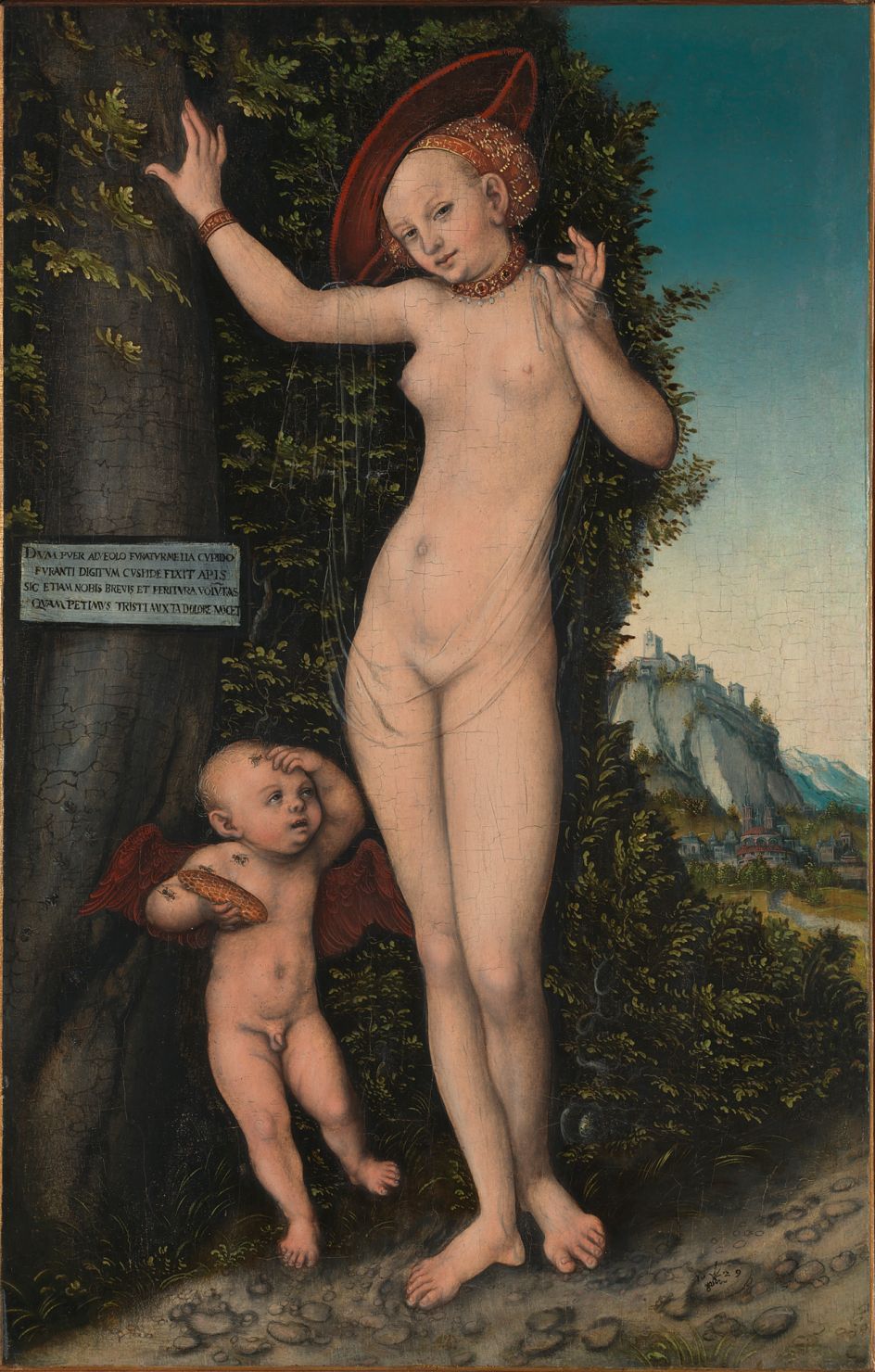
Venus and Cupid, Lucas Cranach the Elder 1529 © The National Gallery, London
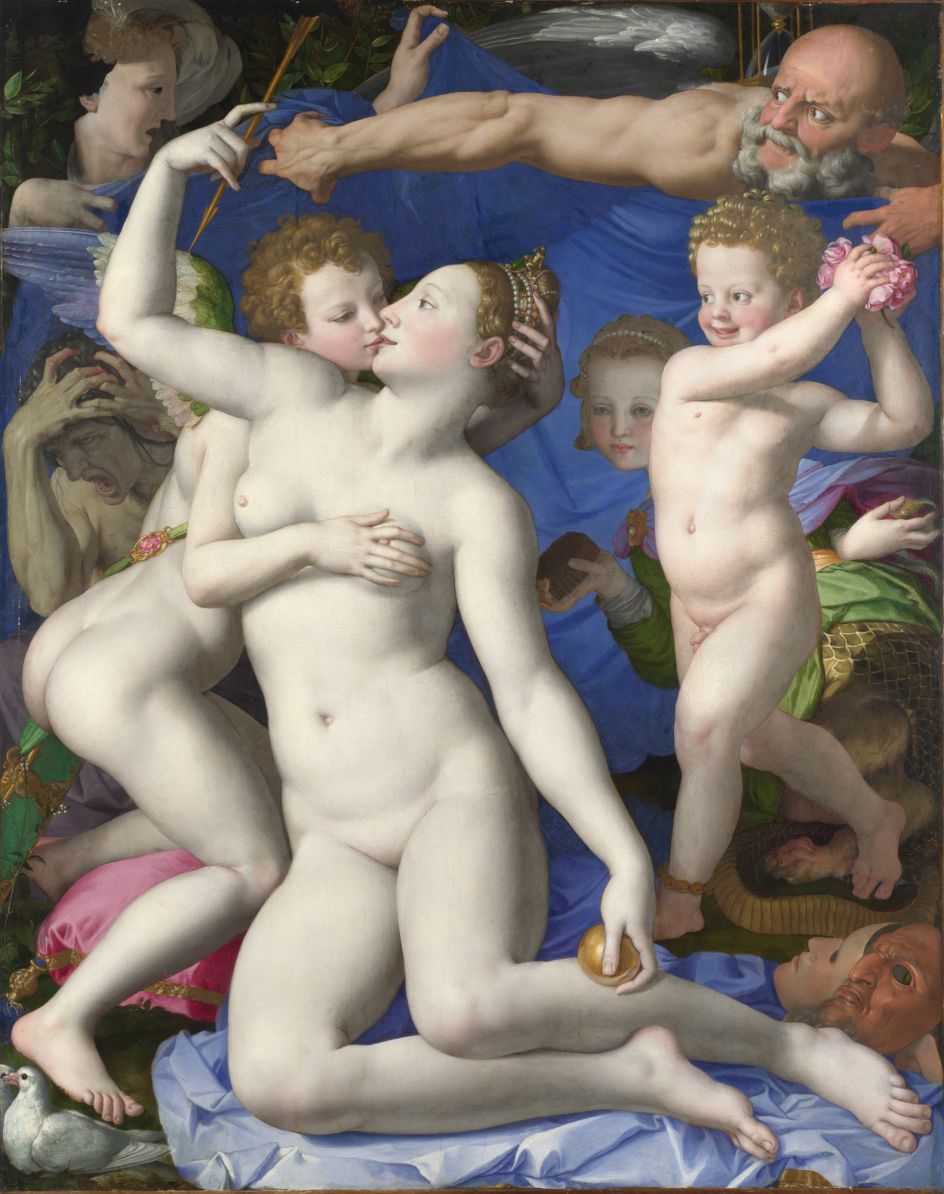
An Allegory with Venus and Cupid, Bronzino about 1545 © The National Gallery, London
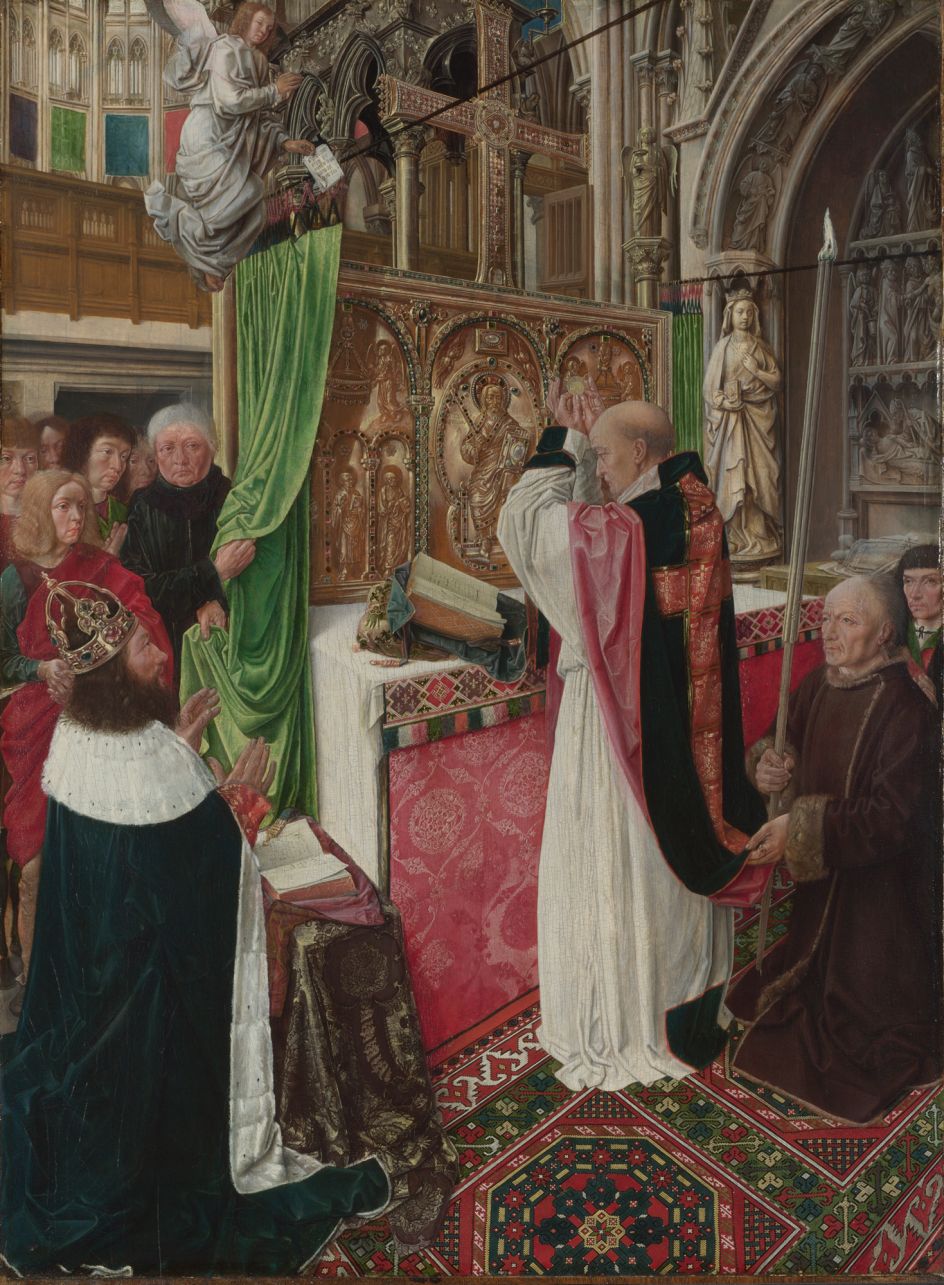
The Mass of Saint Giles, Master of Saint Giles about 1500 © The National Gallery, London
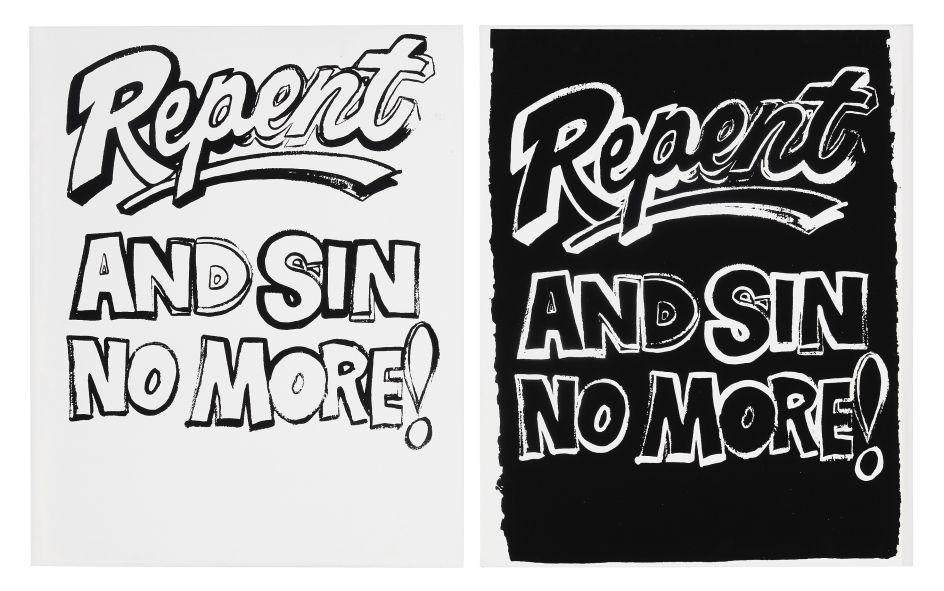
Repent, and Sin No More! (Positive and Negative), Andy Warhol 1985-86 © 2020 The Andy Warhol Foundation for the Visual Arts, Inc. / Licensed by DACS, London
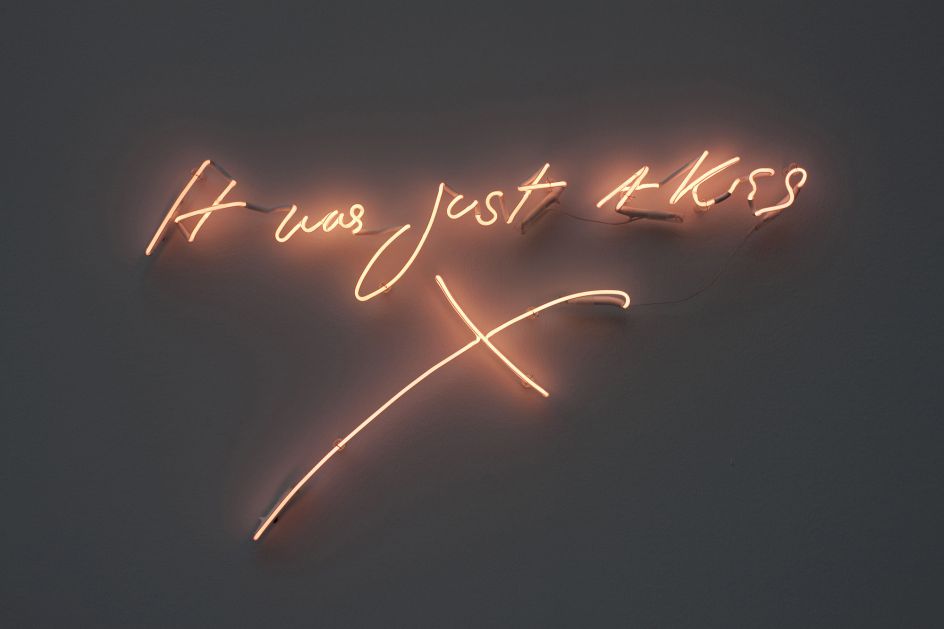
It was just a kiss, Tracey Emin 2010 © Tracey Emin. All rights reserved, DACS/Artimage 2020. Image courtesy the artist
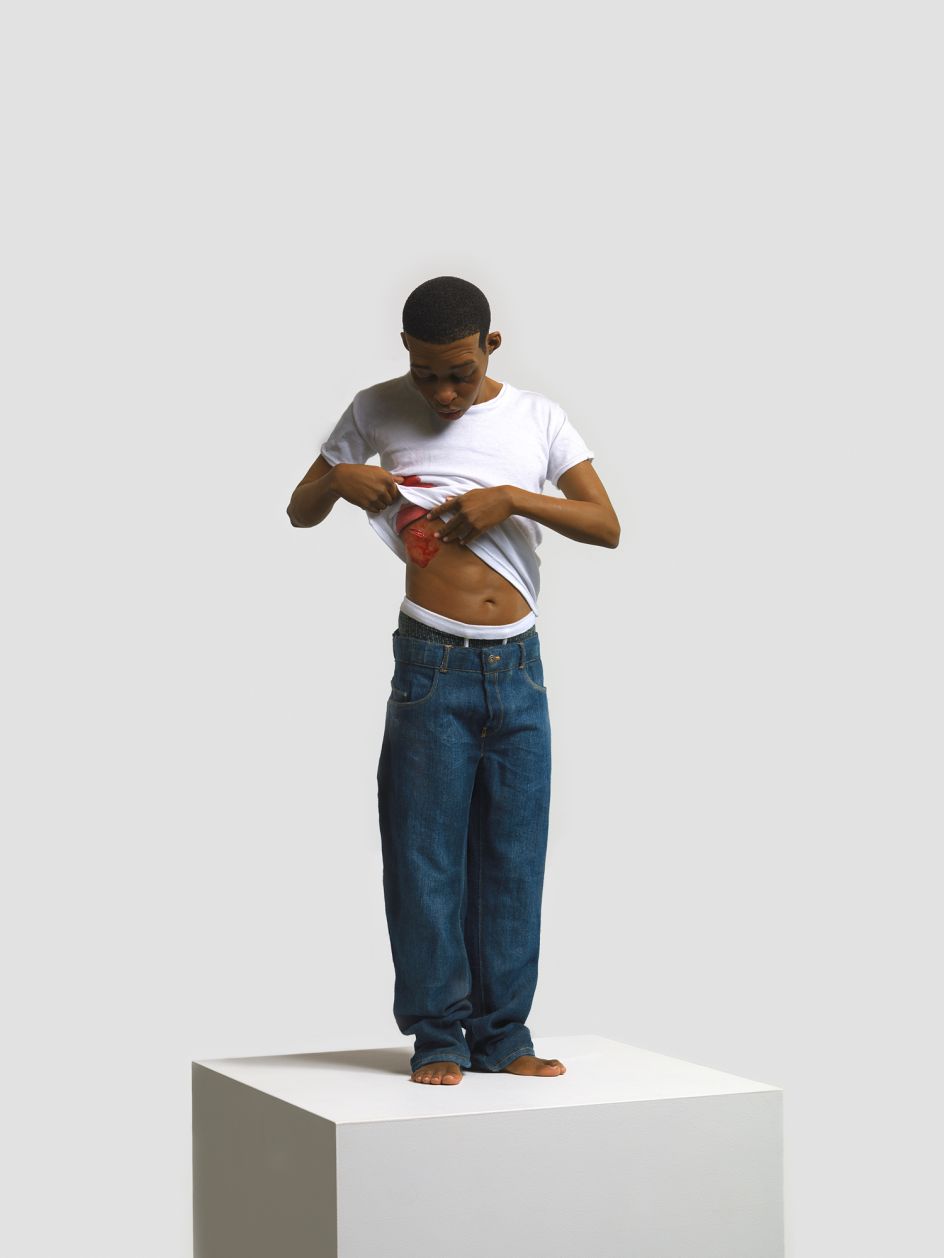
Youth, Ron Mueck 2009 © Ron Mueck / photo the National Gallery, London

Youth Ron Mueck 2009 © Ron Mueck / photo the National Gallery, London




 by Tüpokompanii](https://www.creativeboom.com/upload/articles/58/58684538770fb5b428dc1882f7a732f153500153_732.jpg)


 using <a href="https://www.ohnotype.co/fonts/obviously" target="_blank">Obviously</a> by Oh No Type Co., Art Director, Brand & Creative—Spotify](https://www.creativeboom.com/upload/articles/6e/6ed31eddc26fa563f213fc76d6993dab9231ffe4_732.jpg)








